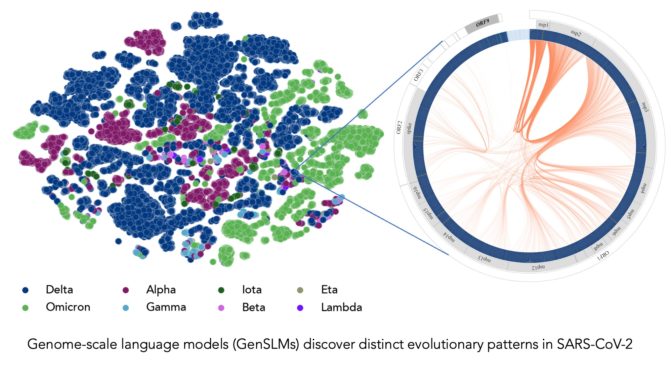2022-11-14 バッファロー大学(UB)
研究チームは、MS患者やその支援者とともにこの問題を分析し、患者の理解を深め、より良いセルフケアへの扉を開くことができる解決策を開発した。
論文では、MSの病勢に関する非常に繊細で専門的な情報を、臨床医がどのように伝えるのがベストであるかについて述べられている。
論文では、医療界が患者、医療従事者、研究者の意見を評価し、統合してガイドラインを作成し、患者が病気の進行に関する重要な情報を確実に得られるようにするためのモデルを提示している。
<関連情報>
- https://www.buffalo.edu/news/releases/2022/11/005.html
- https://link.springer.com/article/10.1007/s00415-022-11405-3
多発性硬化症患者への神経変性と脳萎縮の関連性の伝達:患者、医療従事者、研究者の視点から Communicating the relevance of neurodegeneration and brain atrophy to multiple sclerosis patients: patient, provider and researcher perspectives
Penny Pennington,Bianca Weinstock-Guttman,Channa Kolb,Dejan Jakimovski,Katherine Sacca,Ralph H. B. Benedict,Svetlana Eckert,Marc Stecker,Alexis Lizarraga,Michael G. Dwyer,Carol B. Schumacher,Niels Bergsland,Patricia Picco,Evanthia Bernitsas,Rana Zabad,Gabriel Pardo,Donald Negroski,Martin Belkin,David Hojnacki & Robert Zivadinov
Journal of Neurology Published:14 November 2022
DOI:https://doi.org/10.1007/s00415-022-11405-3
Abstract
Central nervous system (CNS) atrophy provides valuable additional evidence of an ongoing neurodegeneration independent of lesion accrual in persons with multiple sclerosis (PwMS). However, there are limitations for interpretation of CNS volume changes at individual patient-level. Patients are receiving information on the topic of atrophy through various sources, including media, patient support groups and conferences, and discussions with their providers. Whether or not the topic of CNS atrophy should be proactively discussed with PwMS during office appointments is currently controversial. This commentary/perspective article represents perspectives of PwMS, providers and researchers with recommendations for minimizing confusion and anxiety, and facilitating proactive discussion about brain atrophy, as an upcoming routine measure in evaluating disease progression and treatment response monitoring. The following recommendations were created based on application of patient’s and provider’s surveys, and various workshops held over a period of 2 years: (1) PwMS should receive basic information on understanding of brain functional anatomy, and explanation of inflammation and neurodegeneration; (2) the expertise for atrophy measurements should be characterized as evolving; (3) quality patient education materials on these topics should be provided; (4) the need for standardization of MRI exams has to be explained and communicated; (5) providers should discuss background on volumetric changes, including references to normal aging; (6) the limitations of brain volume assessments at an individual-level should be explained; (7) the timing and language used to convey this information should be individualized based on the patient’s background and disease status; (8) a discussion guide may be a very helpful resource for use by providers/staff to support these discussions; (9) understanding the role of brain atrophy and other MRI metrics may elicit greater patient satisfaction and acceptance of the value of therapies that have proven efficacy around these outcomes; (10) the areas that represent possibilities for positive self-management of MS symptoms that foster hope for improvement should be emphasized, and in particular regarding use of physical and mental exercise that build or maintain brain reserve through increased network efficiency, and (11) an additional time during clinical visits should be allotted to discuss these topics, including creation of specific educational programs.



